FORT BLISS, Texas - In the early morning dark of March 9, 1916, forces loyal to General Francisco "Pancho" Villa crossed the border between the United States and Mexico and raided Columbus, New Mexico, killing ten Soldiers and eight civilians and destroying several local businesses. Less than a week later, an expeditionary force of more than 14,000 Soldiers led by Brig. Gen. John J. Pershing entered Mexico in pursuit of Villa.
The Punitive Expedition failed to result in the capture of Villa, who was later assassinated in 1923, but did result in the dismantling of his forces and improved border safety. However, the Punitive Expedition can better be remembered as the first American conflict to make use of motorized transportation and the airplane.
"The technologies used in the Punitive Expedition, simply put, allowed the Army to move faster and farther, and become a more lethal force that began to understand how to fight as combined arms, "said Command Sgt. Major David S. Davenport, command sergeant major for the Future Force Integration Directorate.
On June 14, the Army will celebrate 234 years of faithful, professional service to the nation. As Fort Bliss pauses to recognize the contributions of our veterans and important milestones specific to the long, proud history of this post, the leaders here focus on the future technologies and strategies that will best suit the modern Soldier.
"This situation was very much like today, as Soldiers within the Future Force Integration Directorate are evaluating capabilities of technologies and developing techniques, tactics and procedures as we modernize our Army to meet future challenges," said Davenport.
The Army of the 1800's relied heavily on animal-drawn transport and as the railroad was developed it was used to compliment the movement of troops and goods. The forces of the Punitive Expedition were not initially granted access to the Mexican railroads and were required to hastily assemble truck companies, swelling the number of Army-owned trucks from 27 to more than 600 within three months.
"This step is really important because the Army really worked out all the kinks of motorized transportation. What kind of roads were needed, how to fix a truck in the field, the best tactical use. All of this ended up having a big impact on their later success," said Jennifer E. Nielsen, Fort Bliss Museum Curator.
The 1st Aero Squadron also saw action under the Punitive Expedition. The Curtiss JN-3 Jenny airplanes were primarily used for reconnaissance missions and mail distribution but to limited effectiveness. Of the eight planes deployed at the end of their brief mission only two returned from Mexico in working condition.
"While the technology was not very reliable, it was really the infancy of what the 20th Century Army would become. The Punitive Expedition in retrospect served as training ground for all the actions that the U.S. Army would take in World War I. Presumably, without realizing it, they were doing very intense field training," Nielsen said.
Conditions in 1916 Mexico were not unlike those faced by contemporary Soldiers. The government had not yet stabilized in the wake of the Mexican Revolution. The terrain was unfamiliar, the infrastructure underdeveloped. Information used to track Villa proved unreliable.
"It doesn't matter if you are on horseback or assigned to a tank, those social interactions between unstable government and unknown territory, how a person conducts themselves to complete a mission in that environment is a question that persists, "said Nielsen.
Surveying the Army past, in addition to enriching the military culture, has a real world application for the contemporary Soldier.
"The study of military history is the key to developing agile, adaptive and innovative leaders skilled in critical and creative thinking, problem solving and decision making by examining our past success or failures," said Davenport.
As Fort Bliss adds another chapter to the post's history with the relocation of the 1st Armored Division from Germany, it continues to remain a unique Army installation with close ties to the surrounding community.
"I think that Fort Bliss has always been significant because it is on the border and has a very important strategic location. It has remained a foremost place in the training and development of the Soldier. Continuing to do so, with the 1st Armored Division moving here," Nielsen said.
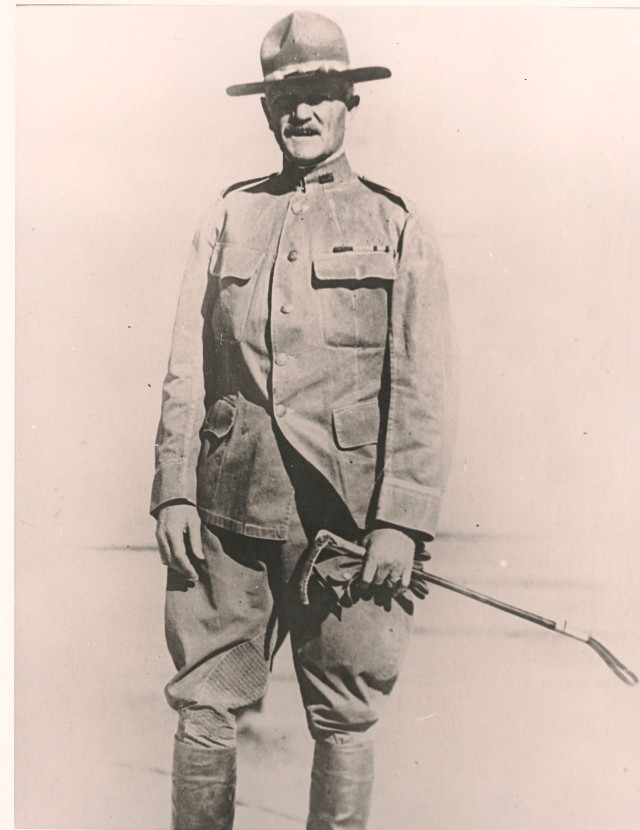
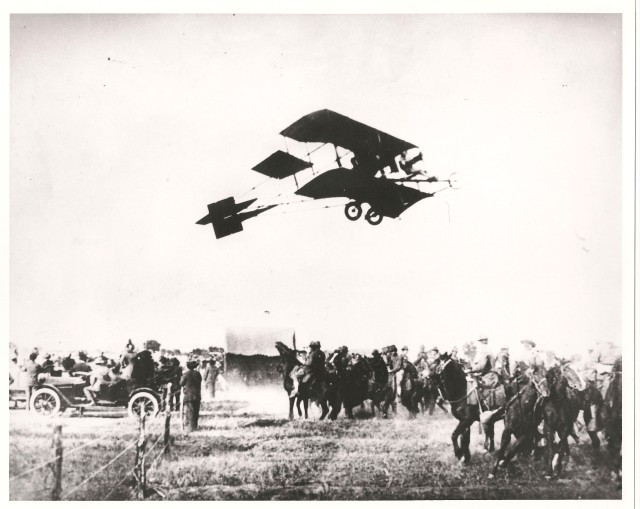
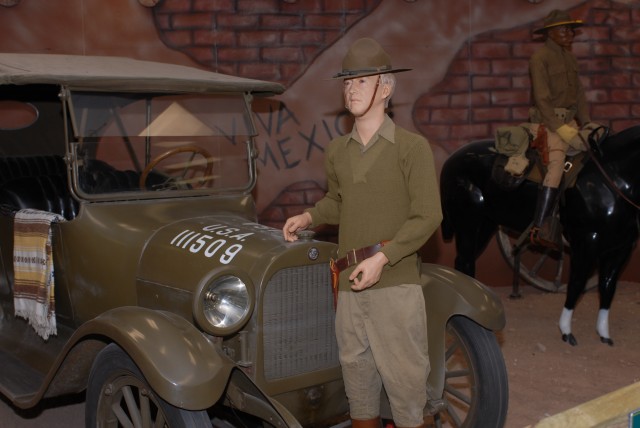
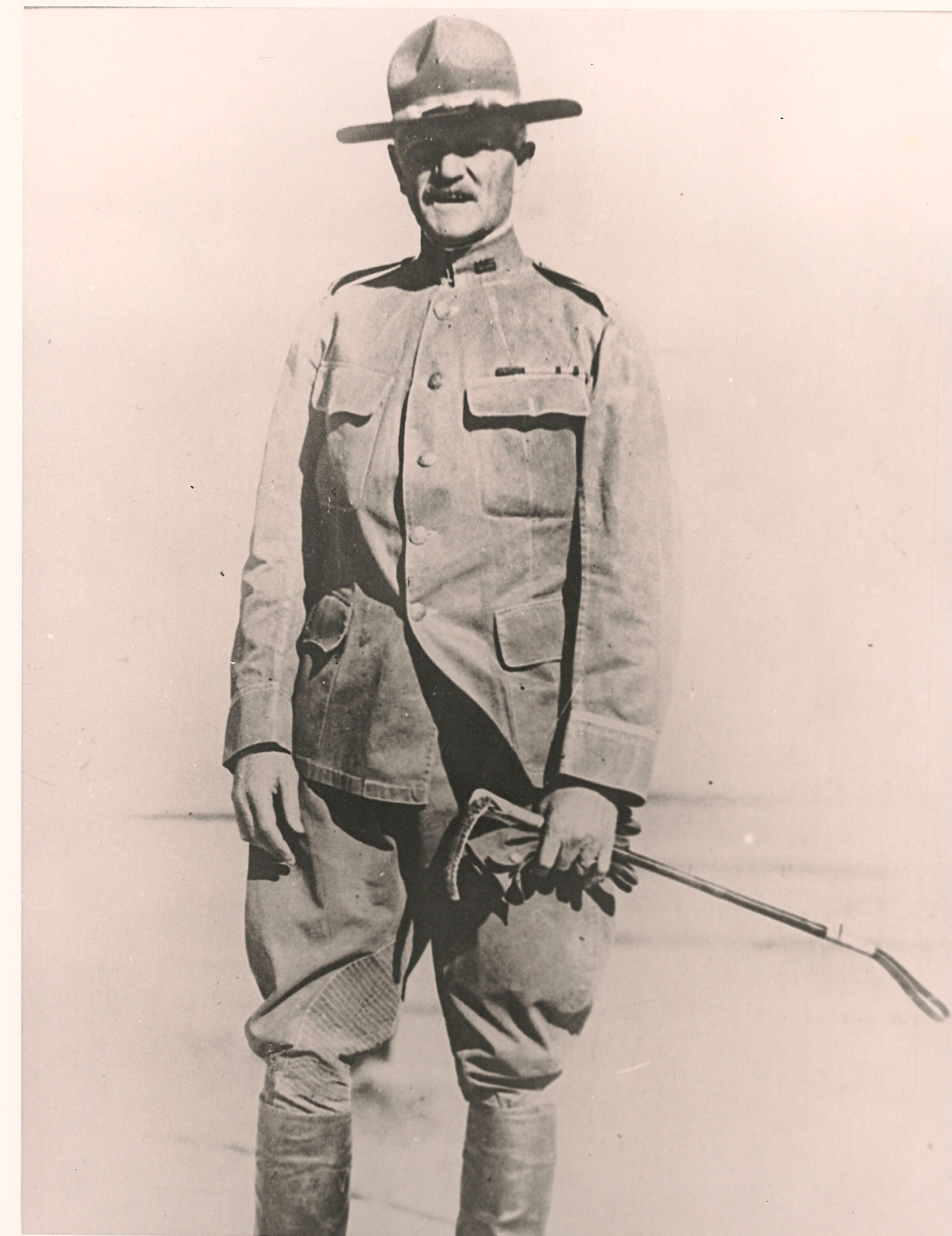
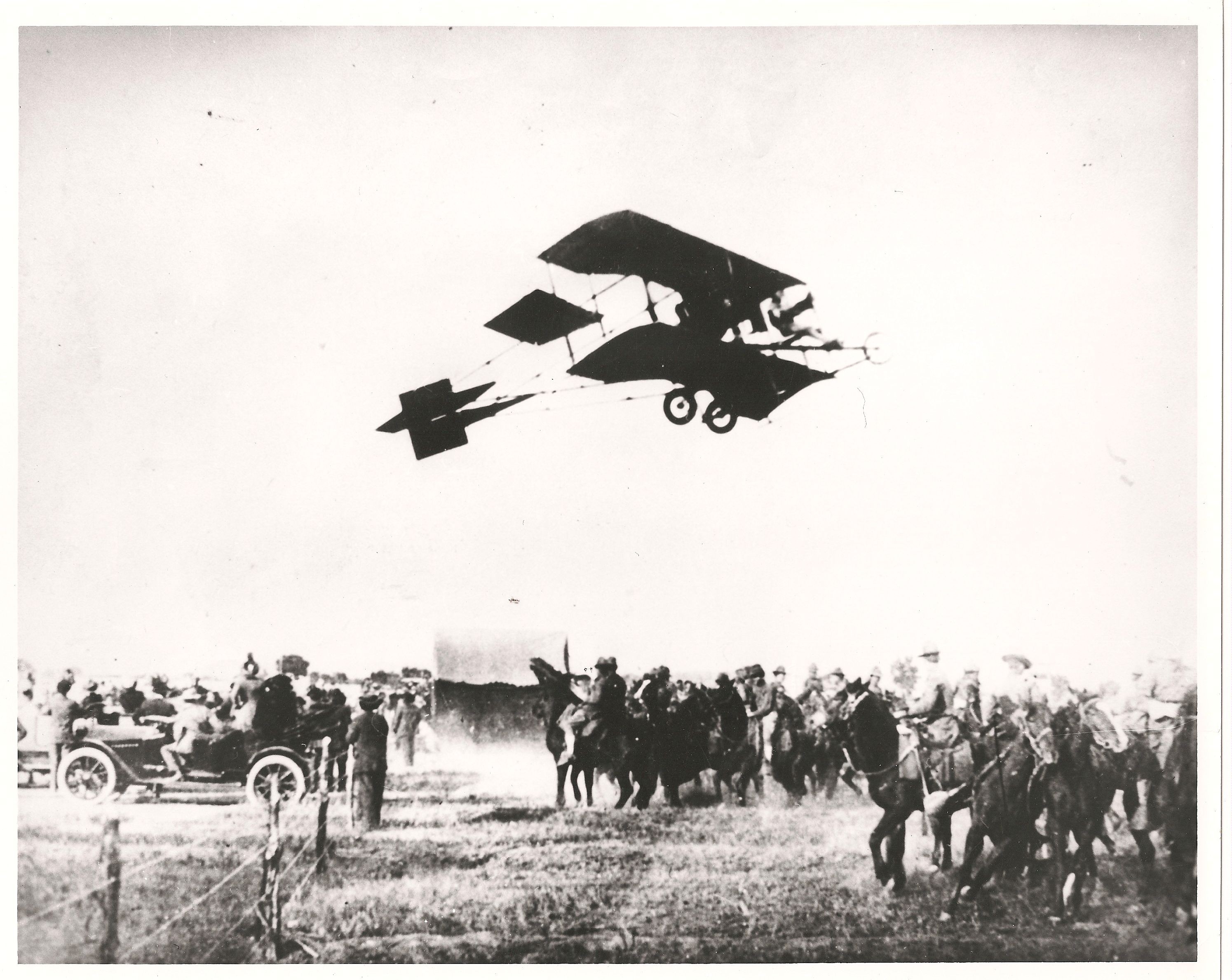
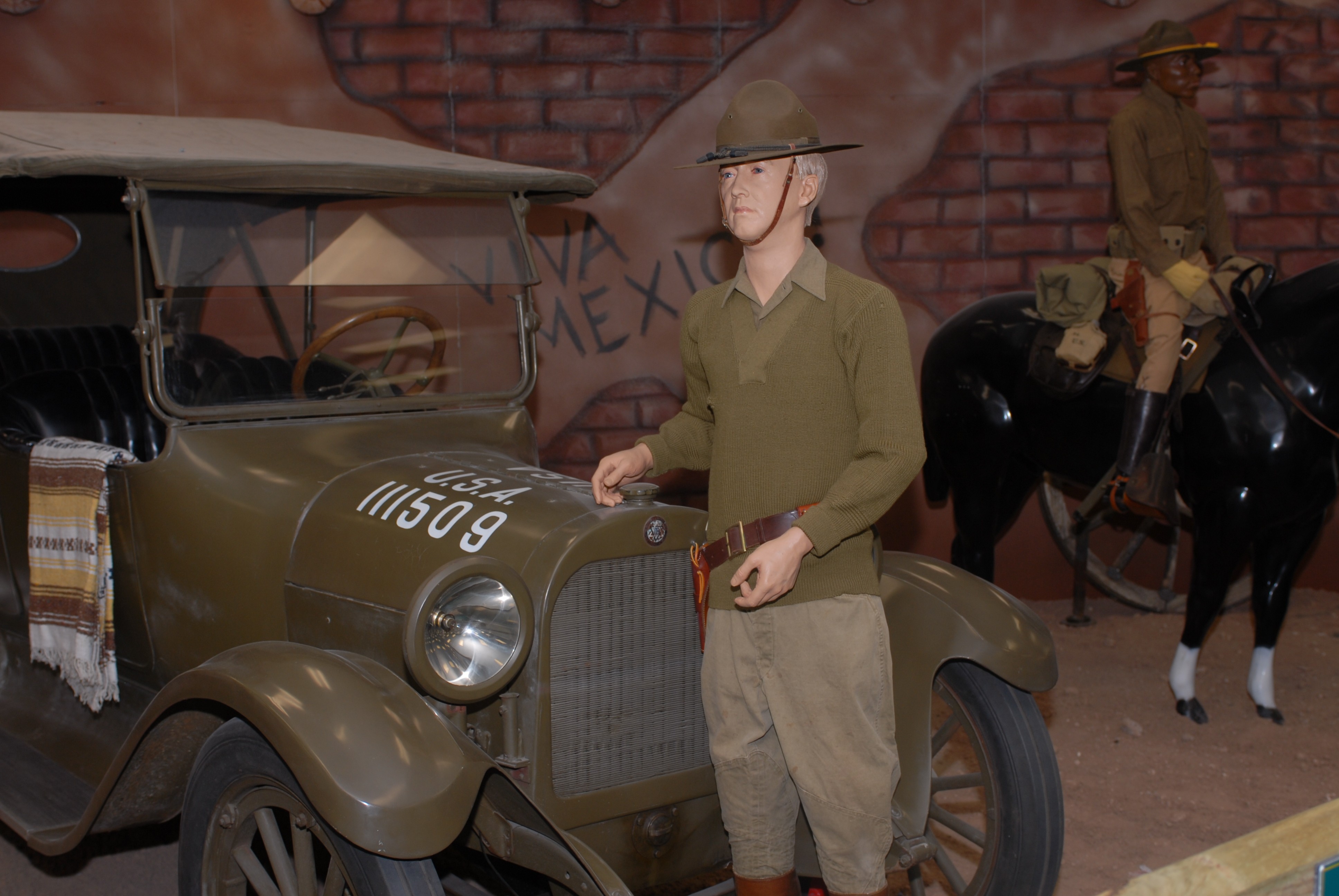
Social Sharing